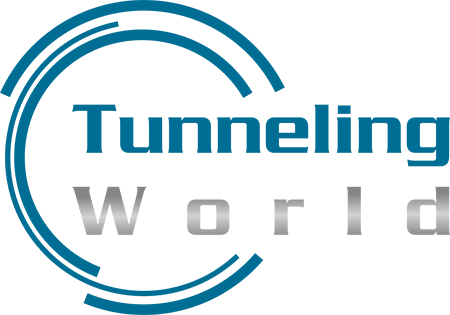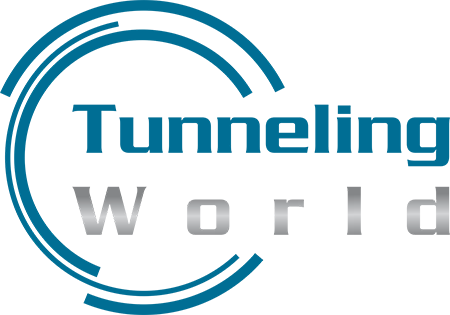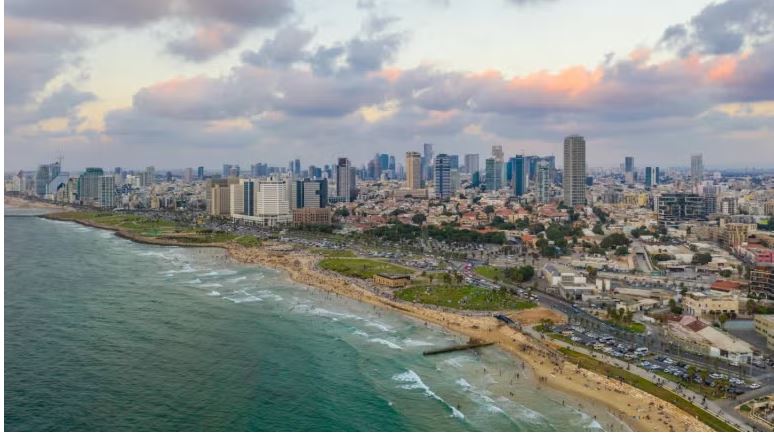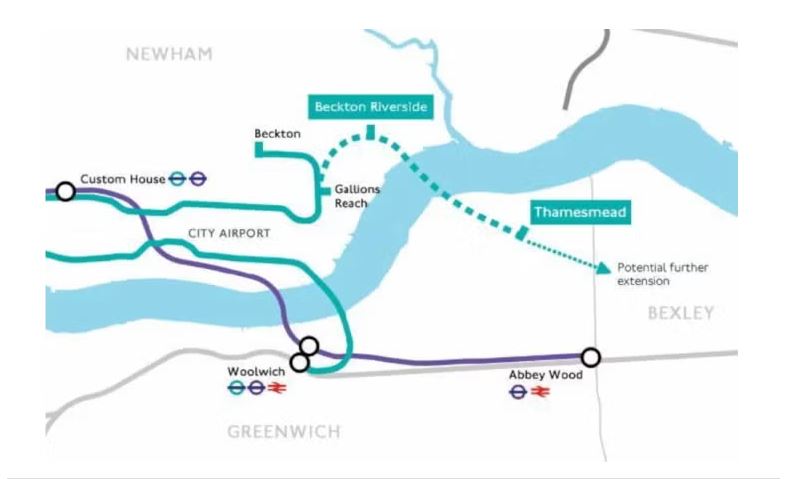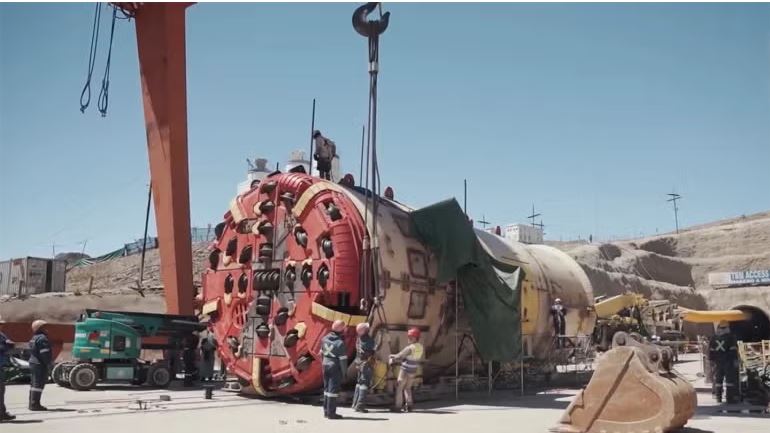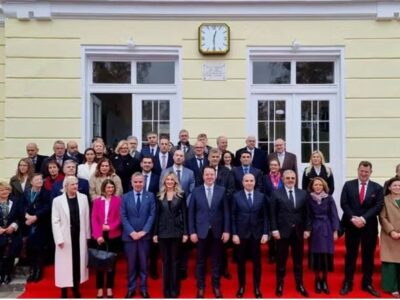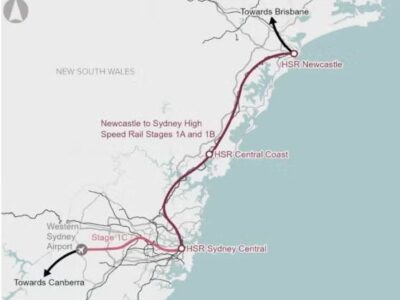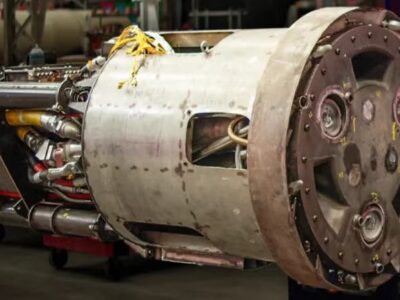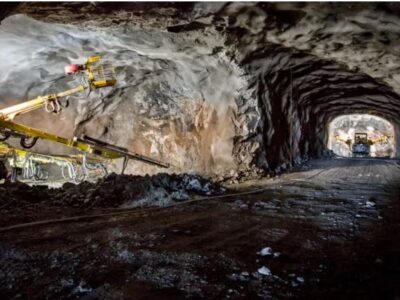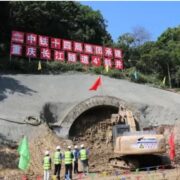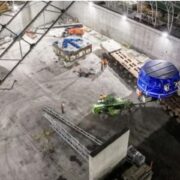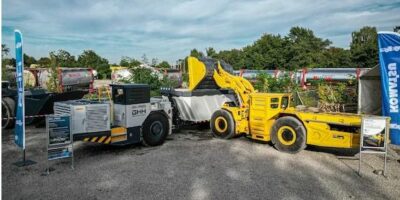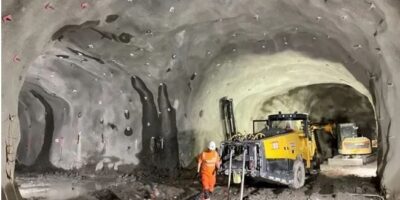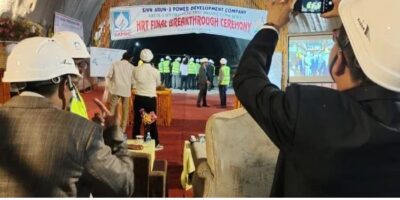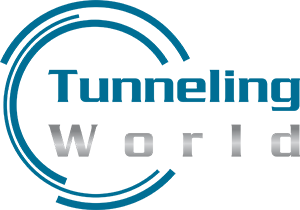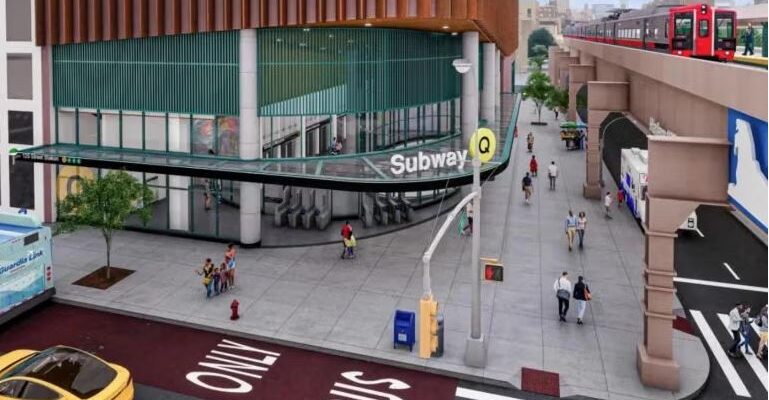
In order to improving access on Manhattan’s East Side, particularly for the East Harlem community, decreasing congestion on the existing 4-5-6 line running under Lexington Avenue, the Metropolitan Transportation Authority project is designed and COWI has been appointed as lead designer for New York’s Second Avenue Subway Phase 2 project by Connect Plus Partners.
As a joint venture of Halmar International and FCC Construction, Connect Plus Partners received the US$1.972bn design build construction contract and is due to extend the Q Line north from 96th Street to 125th Street to deliver new rail capacity and multimodal connections in Manhattan.
Being originally constructed in the 1970s, phase 2 comprises almost 2.4km of twin tunnels, station shell construction at 116th and 125th Streets, and reuse of an existing tunnel segment, whereas the above-ground ancillary buildings for ventilation, mechanical, as well as electrical systems, with opportunities for ground-floor retail and community uses, are the contents of this project. The granted contract to Connect + and COWI includes design, engineering, scheduling, co-ordination and construction of the tunneling and structural shells.
According to Thomas Dahlgren, executive vice-president, COWI North America: “Second Avenue Subway Phase 2 was one of the most significant infrastructure projects in the US and a technically complex job in one of the world’s most challenging underground environments. Our role is to bring the depth of COWI’s global tunneling and underground design expertise to ensure constructability, safety, and efficiency are embedded in every stage of delivery. With 50 years of US experience and the support of more than 450 tunnel design professionals worldwide, we have one of the largest and most specialised teams in the industry. That scale and knowledge give us the capacity to manage every aspect of design for a project of this size and importance.”
While the scheduled date for commencing construction is early 2026, tunnel boring operations is going to be commissioned in 2027 and overall contract completion anticipated to be in 2030.
